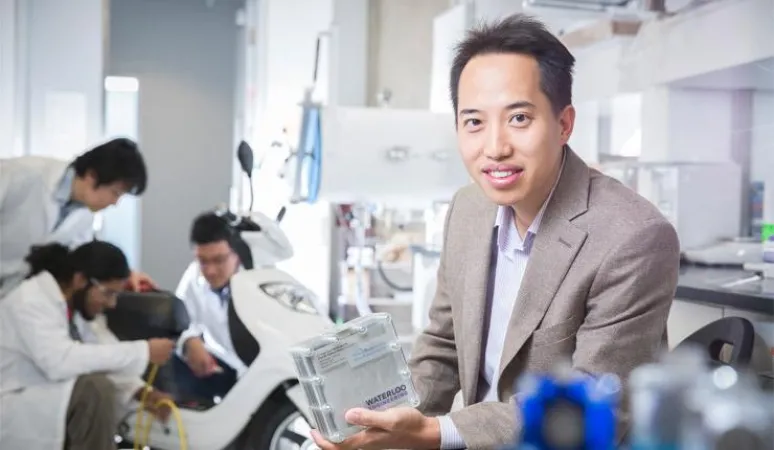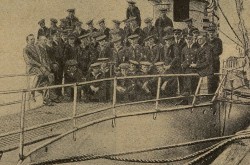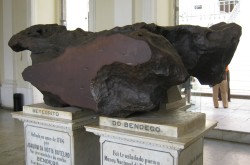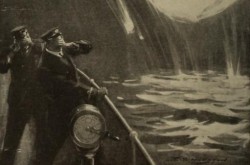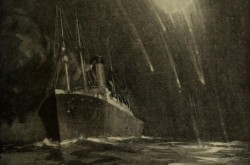Waterloo researcher leading the charge for next-generation battery
This article was originally written and submitted as part of a Canada 150 Project, the Innovation Storybook, to crowdsource stories of Canadian innovation with partners across Canada. The content has since been migrated to Ingenium’s Channel, a digital hub featuring curated content related to science, technology and innovation.
A research team at the University of Waterloo has developed silicon technology for a cheaper, more powerful battery for everything from smartphones to electric cars.
The race to build a better battery has drawn in some of the world’s biggest innovators — notably billionaire CEO Elon Musk, who is one of the players in the global drive to invent a low-cost, powerful battery to fuel the next-generation of electric cars.
Now, a Waterloo team, that already has several patents for its silicon battery research, has developed a new technology that promises to extend the life of a lithium-ion battery by 40 to 60 per cent. Lithium-ion batteries power everything from smartphones, to wearable devices and electric cars. The new silicon technology would allow an electric car to travel up to 500 kilometres before its battery needs to be recharged and would drastically reduce its cost.
“Battery researchers have been working with silicon for a while but now we’ve found a way to overcome a critical challenge,” says Zhongwei Chen, a Waterloo chemical engineering professor leading a team of chemical engineering graduate students. “There’s been considerable investor interest in the new technology and we expect to have it commercialized and on the market within the next year.” Chen and his students’ findings are published in an issue of Nature Communications.
Chen’s team, along with the General Motors Global Research and Development Centre, has developed a flash heat treatment for fabricated silicon-based lithium-ion electrodes that overcomes a long-standing problem with silicon: silicon contracts and expands with each charge, resulting in cracks that reduce battery performance, create short circuits and eventually cause the battery to shut down.
“The economical flash heat treatment creates uniquely structured silicon anode materials that deliver extended cycle life to more than 2000 cycles with increased energy capacity of the battery,” says Chen.
Graphite has long been used to build the negative electrodes in lithium-ion batteries, explains Chen, the Canada Research Chair in Advanced Materials for Clean Energy and a member of the Waterloo Institute for Nanotechnology and the Waterloo Institute for Sustainable Energy. “But as batteries improve, graphite is slowly becoming a performance bottleneck because of the limited amount of energy that it can store.”
In contrast to graphite, the Waterloo researchers found that silicon anode materials have a much higher capacity for lithium and, as a result, are capable of producing batteries with almost 10 times more energy. As well, because silicon batteries are smaller and more lightweight than what is now on the market, the overall weight of an electric vehicle would be significantly reduced.



